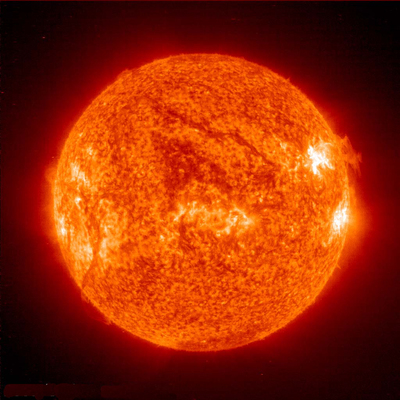Introduction to Solar Power
Introduction

Solar energy has the potential to be the ultimate source of power for all of civilization for all of humankind's foreseeable future. It is clean. abundant, and free.
There are three basic ways in which solar energy is converted into forms which are useful. Two of them, photovoltaics (PV) and concentrating solar power (CSP), can be used for the generation of electricity. The third, low-temperature solar collection, has a passive and an active mode of operation. In the passive mode windows are arranged to optimize the sunlight entering a building. In active mode sunlight is absorbed by a liquid that is circulated to heat the building.
One of the difficulties in utilizing solar energy in the power market is the intermittent nature of sunlight. Solar energy is not directly available at night and drops significantly during cloudy conditions. The electric grid, however, needs consistent and reliable sources of electricity to meet the needs of a complex, demanding civilization. Solar energy can be made more consistent by coupling it with backup sources of power run by fuels such as natural gas.
Another problem in providing solar power in the USA is the lack of a completed electric grid, particularly in the relatively remote areas of the country where the most intense, most consistent solar radiation occurs. These areas include, in the case of the USA, several states in the Southwest. Even if large solar farms were built in these locations and massive amounts of electricity were generated, there is presently not a sufficient portion of the national electric grid extending into those locations to gather and feed that electricity to many of the distant locations across the country where it could be used.
Finally, solar energy, when it hits the Earth, does not contain a large amount of energy per unit of area. Thus, solar collection systems must be extensive, covering large areas of land.